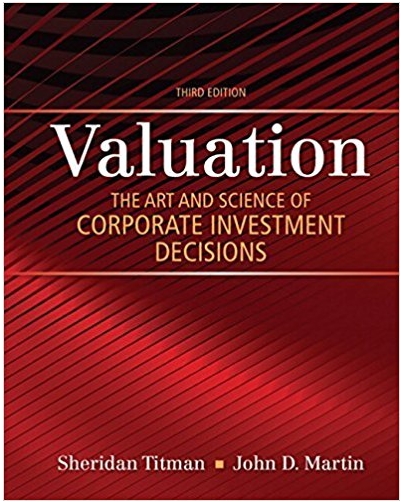Harriston Electronics builds circuit boards for a variety of applications in industrial equipment. The firm was founded
Question:
x.png)
Harriston€™s CFO, Margaret L. Hines, is concerned that its new investments be required to meet an appropriate cost of capital hurdle before capital is committed. Consequently, she initiated a cost of capital study by one of her senior financial analysts, Jack Frist. Shortly after receiving the assignment, Frist called the firm€™s investment banker to get input on current capital costs. Frist learned that, although the firm€™s current debt capital required a 7.5% coupon rate of interest (with annual interest payments and no principal repayments until 2020), the current yield to maturity on similar debt had risen to 8.5% so that the current market value of the firm€™s outstanding bonds had fallen to $ 624,385,826. Because the firm€™s short-term notes were issued within the last thirty days, the 9% contract rate on the notes was the same as the current cost of credit for such notes.
a. What are Harriston€™s total invested capital and capital structure weights for debt and equity? (The firm has some short-term debt [notes payable] that, like long-term debt, is also interest-bearing debt.)
b. Assuming a long-term US Treasury bond yield of 5.42% and an estimated market risk premium of 5%, what is Harriston€™s cost of equity based on CAPM if the firm€™s levered equity beta is 1.2?
c. What is your estimate of Harriston€™s WACC? The firm€™s tax rate is 35%.
Balance sheet is a statement of the financial position of a business that list all the assets, liabilities, and owner’s equity and shareholder’s equity at a particular point of time. A balance sheet is also called as a “statement of financial... Capital Structure
Capital structure refers to a company’s outstanding debt and equity. The capital structure is the particular combination of debt and equity used by a finance its overall operations and growth. Capital structure maximizes the market value of a... Cost Of Capital
Cost of capital refers to the opportunity cost of making a specific investment . Cost of capital (COC) is the rate of return that a firm must earn on its project investments to maintain its market value and attract funds. COC is the required rate of... Cost Of Equity
The cost of equity is the return a company requires to decide if an investment meets capital return requirements. Firms often use it as a capital budgeting threshold for the required rate of return. A firm's cost of equity represents the... Coupon
A coupon or coupon payment is the annual interest rate paid on a bond, expressed as a percentage of the face value and paid from issue date until maturity. Coupons are usually referred to in terms of the coupon rate (the sum of coupons paid in a... Maturity
Maturity is the date on which the life of a transaction or financial instrument ends, after which it must either be renewed, or it will cease to exist. The term is commonly used for deposits, foreign exchange spot, and forward transactions, interest...
Step by Step Answer:

Valuation The Art and Science of Corporate Investment Decisions
ISBN: 978-0133479522
3rd edition
Authors: Sheridan Titman, John D. Martin





